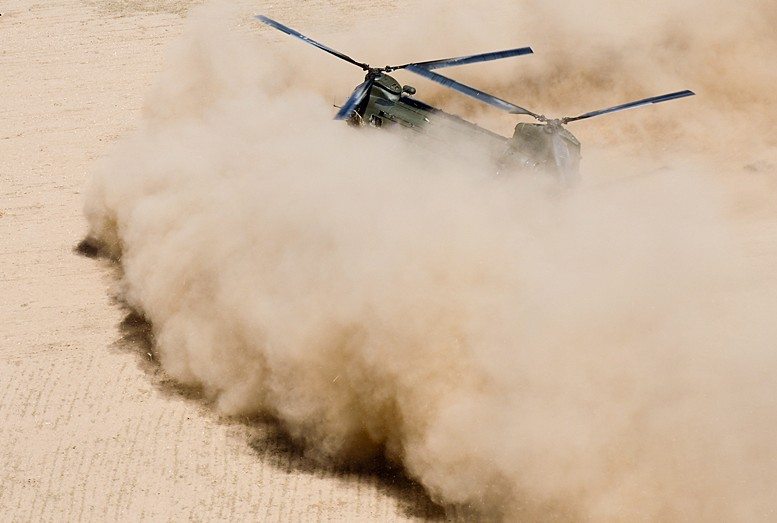Air Force Reserve officials recently announced new guidelines that may help combat planners better access reservists, make the Air Force more efficient and save money.
Called “Total Force 21,” this new approach refocuses planning efforts on how many reservists can be mobilized instead of traditional planning methods of trying to calculate how many reservists have historically stepped forward as volunteers.
“This is a defining moment for the total force,” said Lt. Gen. Charles E. Stenner Jr., the chief of Air Force Reserve at the Pentagon and commander of Air Force Reserve Command at Robins Air Force Base, Ga. “After nearly 10 years of combat operations, our nation relies on our reservists to accomplish critical daily operations as well as strategic surges. This new effort will integrate our people and units into future plans that will rebalance the total force mix of regular and Reserve component Airmen.”
In February 2010, Department of Defense officials issued DOD Instruction 1235.12, Accessing the Reserve Components, which required the services to adopt new policies to institutionalize their reliance on the Reserve component as a daily operational force. General Stenner’s Total Force 21 paper proposes new methods that will align Air Force planning efforts with this instruction.
“These enterprise-wide actions will make Air Force reservists more accessible,” General Stenner said. “I’m extremely proud of how our reservists have stepped up and served wherever and whenever our nation needed them. Now we have to find ways to be as effective and efficient as possible.”
Today, Air Force reservists are serving in every combat zone and mission area. Currently, there are approximately 4,300 Air Force reservists activated in support of military missions around the globe. Since 9/11, more than 60,500 Air Force reservists, which equates to 76 percent of the current force, have answered the nation’s call and deployed or supported combat operations on active duty orders.
Although Total Force 21 focuses on how many forces may be mobilized as a critical planning element, the paper stresses that volunteerism is still a key part of any plan’s execution. In fact, through calls for volunteers, officials expect to reduce the need for involuntary mobilizations and to reduce the dwell ratios for regular Air Force Airmen.
Dwell ratios are the amount of downtime an Airman gets between deployments. In line with the DOD instruction, Total Force 21 sets a goal of 1:5, or one deployment period followed by five periods at home for reconstitution, training and professional development. The fifth period is targeted on readiness training to prepare for the Airman’s next deployment.
“In an increasingly limited fiscal environment, reservists remain efficient and cost-effective solutions to our nation’s challenges,” General Stenner said. “Reservists are called to active duty when the nation needs them. Afterward, they return to their civilian lives. While the cost of personnel and operations are about the same for regular and Reserve Airmen during deployed duty, these costs are much lower for reservists during their dwell periods when their participation returns to normal training levels of 30 to 60 days per year.”
Since regular Air Force Airmen are on paid, active-duty status for 365 days per year, reservists cost significantly less during their dwell periods.
“Military planners face difficult choices as they try to balance resources to achieve an affordable mix of regular and Reserve forces,” General Stenner said. “Total Force 21 offers assured access, potential cost savings and operational efficiencies.”
[Download not found]










